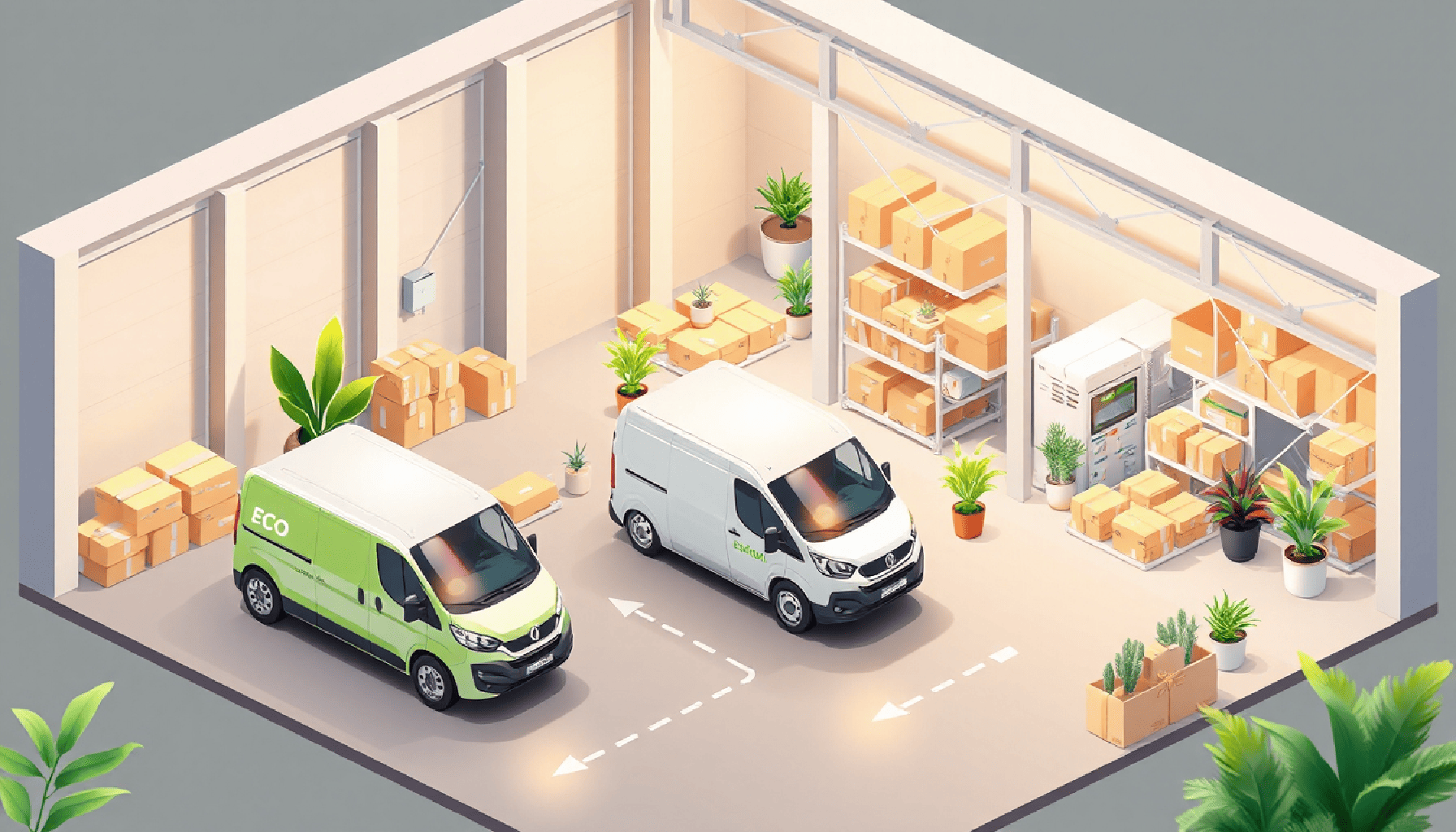“True innovation is not just about creating something new, but creating something better for the planet and society.”
E-commerce is rapidly changing retail, but at the same time it is placing a significant burden on the environment. Constant deliveries, excessive packaging, and significant CO₂ emissions have become the industry standard.
According to a Flexcon Global study (August 2024), 70% of consumers choose products based on the environmental friendliness of their packaging.
Consumers are becoming more conscious: eco-friendly packaging has become not just a bonus, but a basic requirement for online purchases. This trend is shaping the market. In response, brands are integrating ESG approaches into their strategies, turning environmental responsibility into a key competitive advantage.
In this article, we will look at how green technologies and innovations in packaging and delivery help brands meet consumer expectations and make logistics more sustainable and efficient.
Green Packaging Innovations
Packaging is one of the key areas for greening e-commerce. Companies are looking for ways to reduce plastic use, cut waste, and optimize logistics. Key areas of innovation:
-
- Biodegradable and compostable materials based on corn starch, sugar cane, or mushroom mycelium decompose quickly without harming the environment, gradually replacing plastic in supply chains.
- Recycling and reuse: Many brands are implementing zero waste policies by using secondary materials, recycled cardboard, or reusable packaging.
- Innovative design includes minimizing dimensions to reduce shipping costs, multifunctionality (e.g., transformation into a hanger or storage box), and modularity for efficient packaging of multiple items.
Innovation in packaging is not only about ecology, but also about economic benefits, logistics speed, and improving the customer experience.
Eco-Friendly Last-Mile Delivery Solutions
The last mile of delivery is one of the most challenging stages of e-commerce logistics, with a significant impact on the environment. Modern technologies help make it more efficient and environmentally friendly:
Electric transport
Electric vans, cargo bikes, and drones are replacing gasoline-powered cars, reducing emissions and providing quiet, energy-efficient delivery.
Route optimization
AI algorithms and GPS analytics map out the shortest and least congested routes, reducing fuel consumption and speeding up delivery.
Delivery hubs and micro-fulfillment centers
Locating small warehouses closer to customers reduces delivery distances and simplifies logistics.
Flexible delivery time windows
The ability to choose a convenient time reduces redeliveries and inefficient trips.
Use of PandaBox
The platform automates the last mile, reducing mileage through smart routing, GPS monitoring, and transparent communication, which improves logistics and reduces the company's carbon footprint.
Last mile innovation is the key to sustainable, efficient, and customer-centric e-commerce.
Tech-Driven Sustainability
Technology opens up new opportunities to improve the sustainability of e-commerce by making processes more transparent and controllable.
-
- IoT and smart sensors monitor temperature, humidity, and packaging material fill levels, minimizing waste and excessive resource use.
- Big Data helps to more accurately predict demand and plan logistics, reducing excess inventory and optimizing stock levels.
- Carbon footprint monitoring platforms allow you to assess the environmental impact in real time and implement measures to reduce it, which is important for a responsible supply chain.
Challenges and the Road Ahead
The implementation of green innovations in e-commerce requires significant investment, which is a challenge for small and medium-sized businesses. Scaling solutions requires finance, technological support, and process adaptation.
However, investments in sustainability are justified: according to PwC (2024), more than 85% of consumers are willing to pay an average of 9.7% more for environmentally responsible products, which indicates the growing value of green products on the market.
Success requires cross-industry standards and government support. Technology partners and SaaS platforms play a key role in automating and adapting business processes to new requirements.
Conclusion
Sustainable development in e-commerce is not just a trend, but a requirement of the times. Innovations in green packaging, smart delivery technologies, and digital solutions help reduce environmental impact and increase operational efficiency. Businesses that understand this not only meet consumer expectations but also gain competitive advantages by setting a new standard for responsible business practices. The future belongs to those who combine innovation, ecology, and customer focus.
Key Takeaways
- Sustainability in e-commerce is now a consumer expectation, not a bonus.
- Green packaging innovations include biodegradable materials, recycling, and multifunctional design.
- Eco-friendly last-mile delivery leverages electric vehicles, AI route optimization, and micro-fulfillment centers.
- Tech tools like IoT, Big Data, and carbon tracking enable smarter, greener logistics.
- Despite high upfront costs, over 85% of consumers are willing to pay more for sustainable products.








